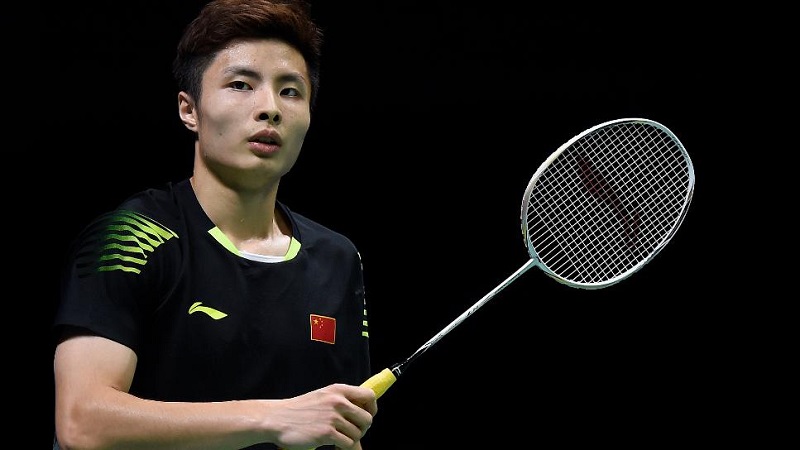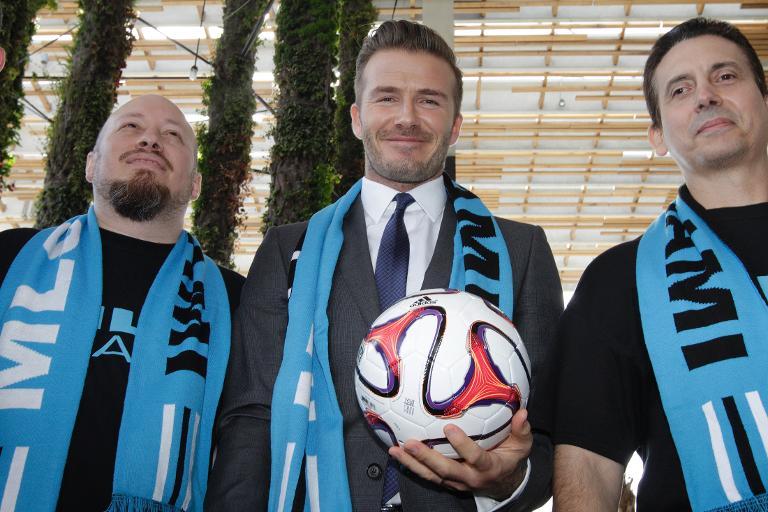 The Court of Arbitration for Sport rules against Blake Leeper competing in Olympic Games and World Athletic Series Competitions with current mechanical aids (prosthetics)
The Court of Arbitration for Sport rules against Blake Leeper competing in Olympic Games and World Athletic Series Competitions with current mechanical aids (prosthetics)
World Athletics’ rules permit competitive use of aids such as prosthetics if they do not give the user an artificial competitive advantage over those not using such aids. The Court of Arbitration for Sport (CAS) has rejected Mr Leeper’s argument that those rules are designed to discriminate against disabled athletes, and instead has fully accepted that they are intended to pursue the legitimate objective of ensuring the fairness and integrity of competitive athletics.
World Athletics acknowledges CAS’s determination (i) that the rules impact more on disabled athletes than on non-disabled athletes (and so are ‘indirectly’ discriminatory); (ii) that it is not necessary or proportionate to put the burden on the disabled athlete to prove that he or she gets no unfair advantage from his or her aid; and (iii) that use of an aid should be permitted unless World Athletics can prove the aid confers an unfair advantage. World Athletics will review its rules accordingly.
World Athletics welcomes CAS’s ruling that on the facts of this case, and based on extensive expert evidence, World Athletics met its burden of proving that Mr Leeper’s prostheses give him an artificial competitive advantage over athletes not using such prostheses. Specifically, the CAS found that Mr Leeper’s prostheses make him 15cm taller than he would be if he had biological legs (he would be 5’ 9’’ with biological legs, but his prostheses give him the legs of a 6’8” man); and that this increased leg length gives Mr Leeper an artificial performance advantage over 400m of ‘several seconds’.
This means that Mr Leeper cannot compete in the Olympic Games or WAS competitions with the prostheses he uses at present.
World Athletics strongly rejects the (new) allegation from Mr Leeper’s legal team that the finding that he ‘runs tall’ is based on a ‘racist’ Paralympic rule. The IPC rule on ‘Maximum Allowable Standing Height’ (MASH) is based on the best available evidence of body dimensions and has been applied for several years to all Paralympic athletes (including African-American athletes) without issue. World Athletics is aware of no proof that African-American athletes have significantly different bodily dimensions (proportionality), and certainly not to the extent identified in this case. The 15cm disparity found in Mr Leeper’s case between his prosthetic leg length and his natural leg length is not due to racial differences in body dimensions. – World Athletics


































